France
Paris
Welcome to
The metaverse is undoubtedly one of the hot topics of the moment, especially for the marketing and communication sectors. More and more businesses, especially the big ones, are investing time, money and energy in building their metaverse presence. Every company wants to establish itself in this new digital world – from tech to fashion, from food to mobility, no matter the field. In their eyes, the metaverse is either the internet’s future or a dreamy alternative to reality (or both).
Our first step was to look into what, in essence, the metaverse is. The first important information we gathered is that currently, there is no single metaverse but several, each with its characteristics. Decentraland, for example, is a space mainly geared towards entertainment; Bloktopia, self-defined as the “home of crypto”, features informative and educational materials on cryptocurrencies. The Sandbox is the home of the most exclusive events in the metaverse, while Horizon Worlds – developed by Meta, the celebrated evolution of Facebook – provides experiences and services for businesses. Finally, Roblox is the explosive new gaming frontier, where the new generations can gather to create new video games.
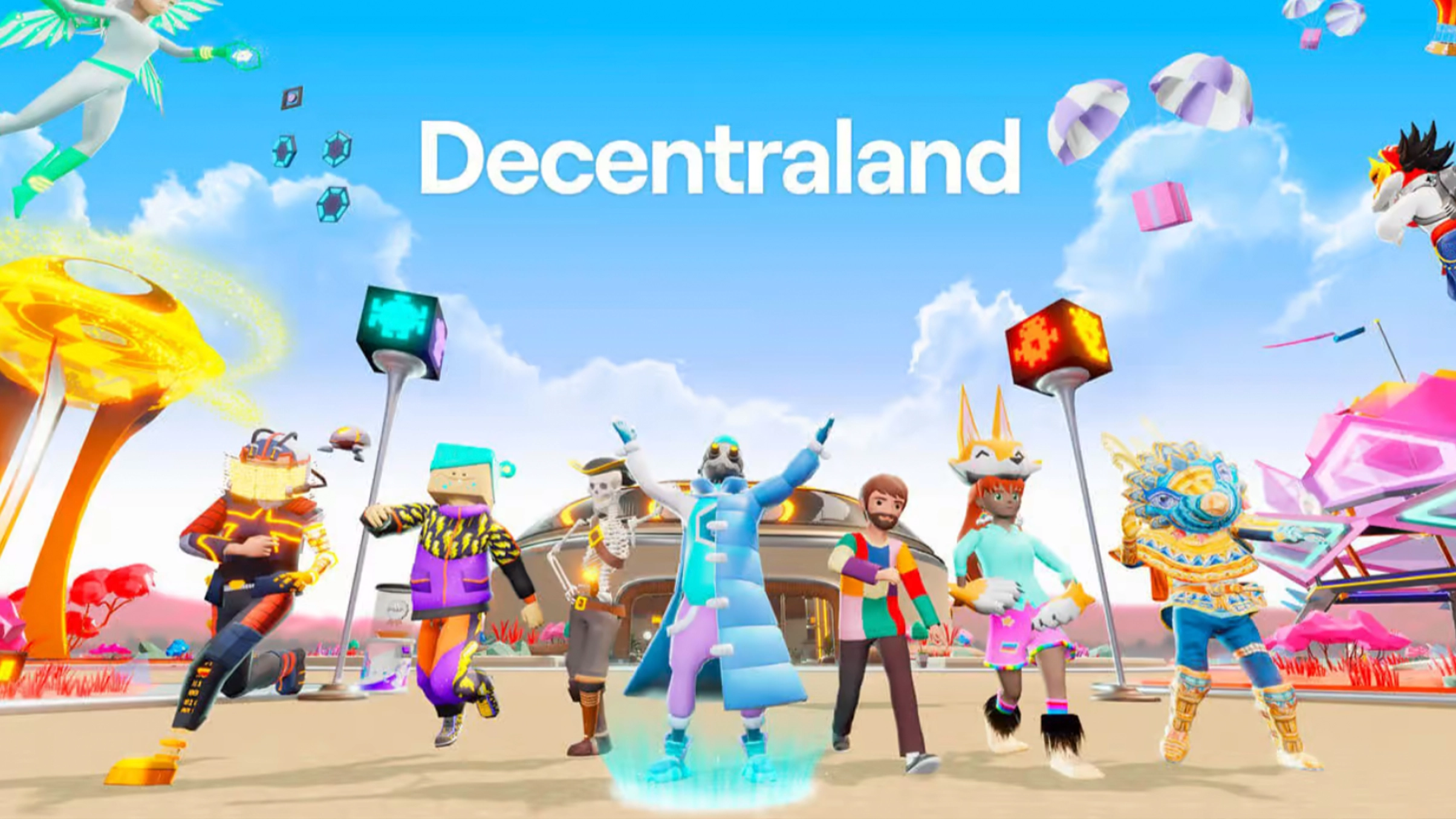

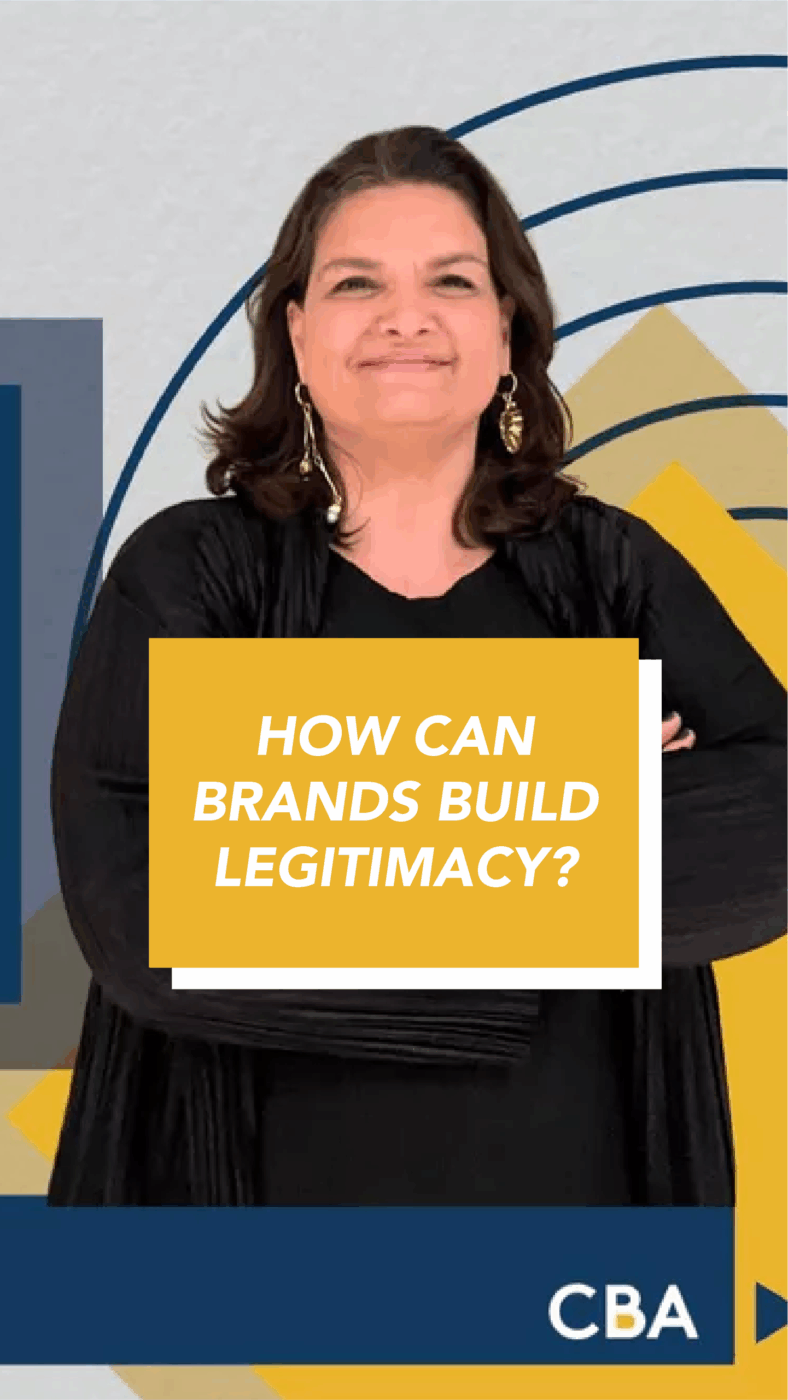
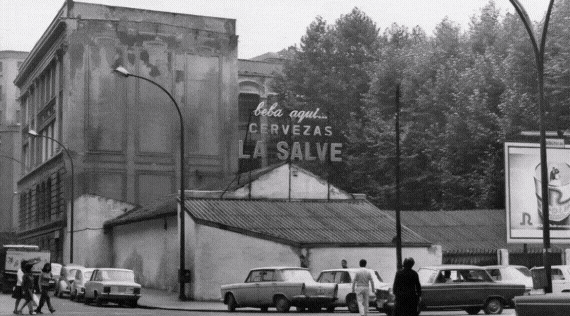
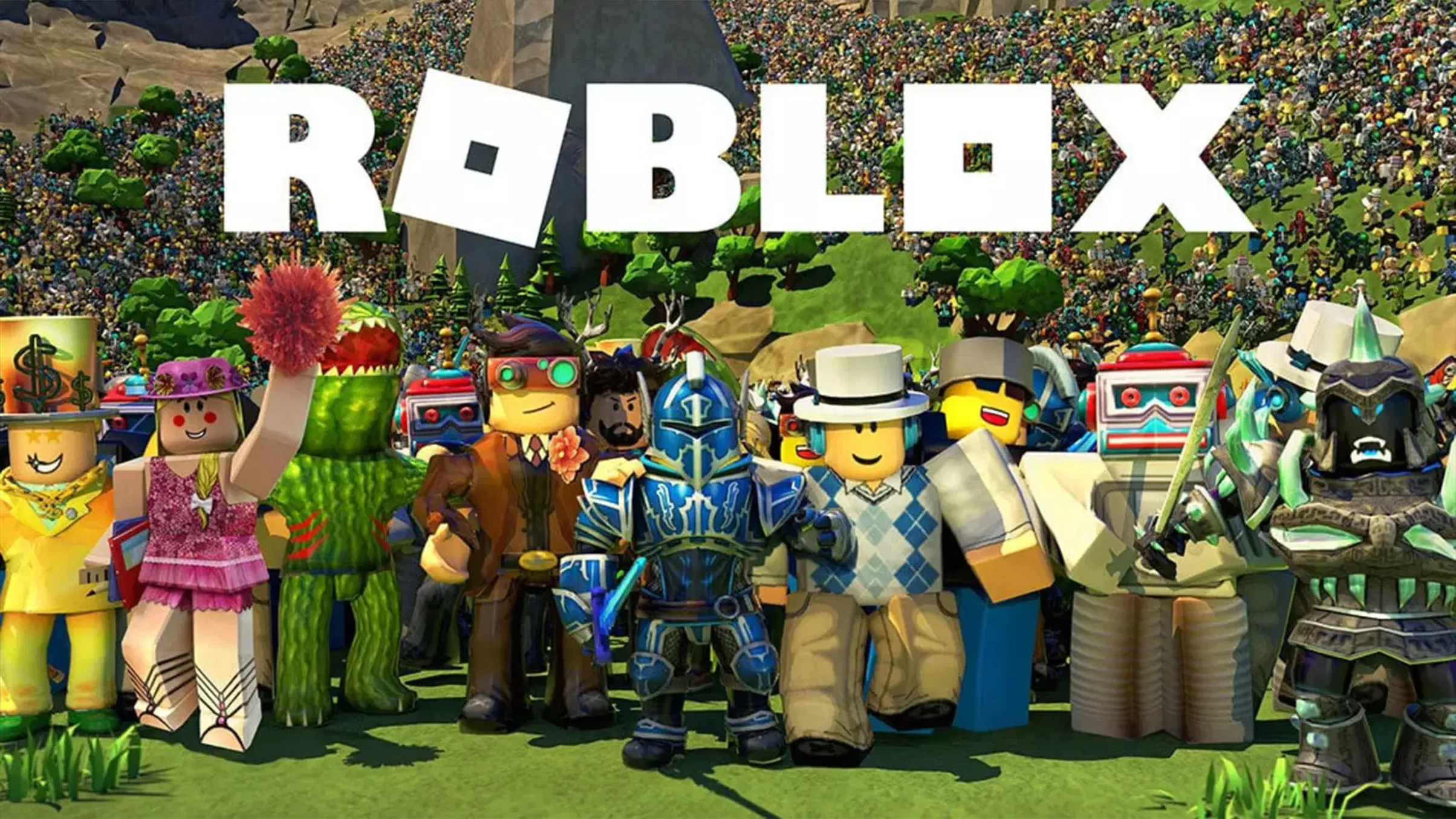
After taking a deep dive into the main metaverses and their various definitions, we have found our own semantic and functional description for it:
The metaverse is an undefined, independent and interactive virtual space.
It is undefined in that the users alone define it; their only limit is their own creativity.
It is independent because it would continue to exist persistently and decentralised, even without any active users.
Lastly, it is interactive because of its substantial social component: user interaction goes beyond replicating everyday life, even evolving it.
INSIGHT N. 1:
The first fundamental step for a brand wishing to approach the metaverse is identifying the platform most consistent with its goals.
WHY was it created?
Now we know what the metaverse is and what its principal incarnations are. But one thing remains unclear: why was it created? Why is the metaverse growing, commanding so much interest and attracting crowds of people?
The answer, as suggested earlier, lies in people’s needs. This new digital universe is developing in response to specific drivers and necessities that have recently become most prominent.
First is the issue of accessibility; the metaverse is a universe without walls and barriers, allowing everyone to express themselves freely. People – especially Gen Z – increasingly stress the importance of this aspect, which is of great value to them.
This instance is in line with their desire for active participation in the life of brands: today, we are moving beyond the traditional concept of branding, creating communities, and users want to belong.
This feeling of belonging to a community introduces a further need: aggregation. Thanks partly to new technologies, human connections have become increasingly important in a world disrupted by a pandemic and social distancing.
New technologies, in particular, have evolved to respond to an ever-increasing need for collaboration due to social distancing. Digital socialisation and technology-enabled peer-to-peer support are helping Gen Z meet their desires. They want to feel empowered in enhancing and building their education and careers, bypassing conventional processes typical of the labour market.This generation also seeks a higher level of interaction with their reference brands, which they view as a beacon in their daily lives online and offline. And it is precisely for this reason that the standards of the buying experience are changing and evolving, becoming increasingly decisive for brands’ success.
What drives purchases in this new context? Uniqueness. With the advent and widespread adoption of NFT and blockchain, people increasingly value uniqueness in objects they own, whether physical or digital.
INSIGHT NO. 2:
Our consumers’ needs are the starting point in defining all brand activities within the metaverse.
HOW is the metaverse responding to people’s needs?
Once we have defined the metaverse and the reasons for its growth, we need to understand how the brands already present within are trying to respond to people’s needs. Noticing a correlation between needing and acting, we will here examine significant case studies of brands already working within this process:
Accessibility: Nike has recreated its HQs within Roblox’s 3D immersive space, enhancing the brand’s mission to turn sport and play into a lifestyle. Inside Nikeland, you can play different sports, create personal challenges, and dress your avatar with dedicated Nike products.
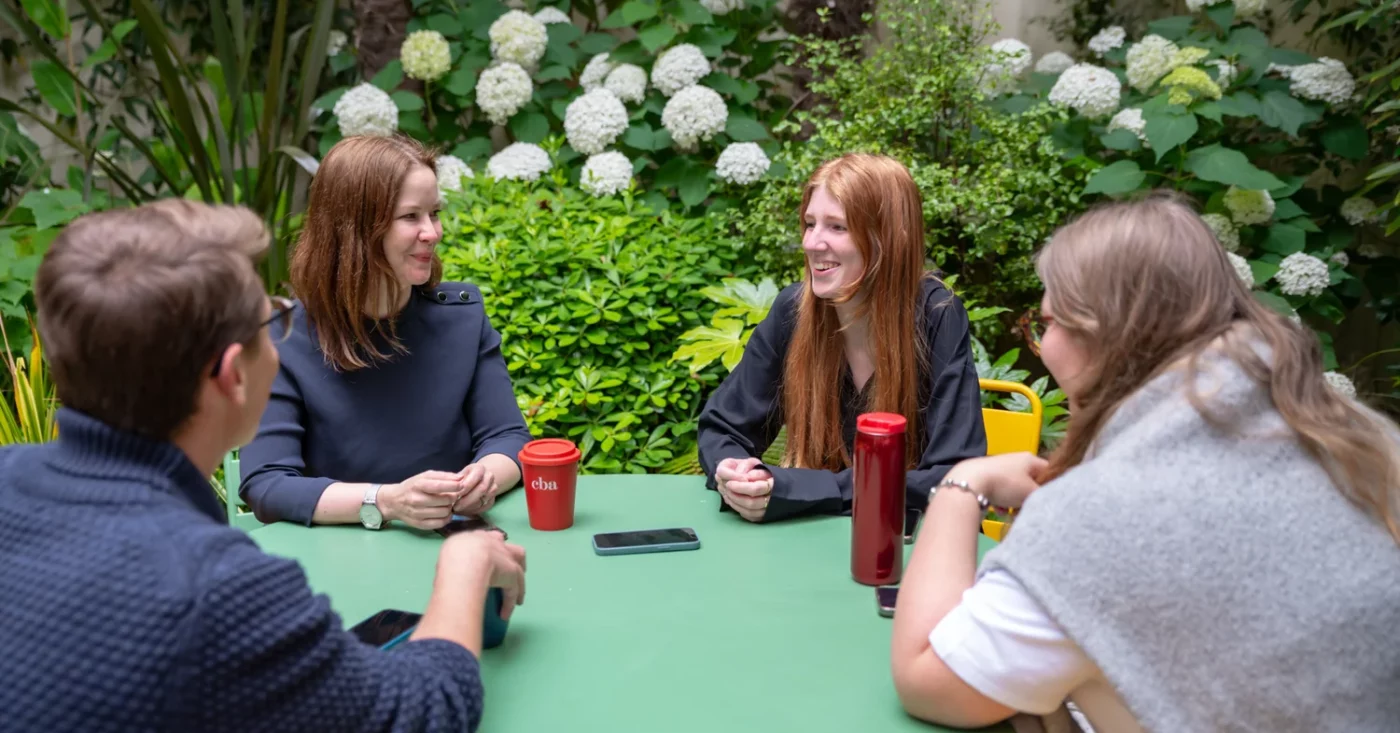
Participation: Socios.com is a fan tokens platform that cooperates with leading European football clubs. By purchasing tokens, users can directly influence team decisions and win and participate in exclusive experiences, all through the app, feeling even more part of their club.

Aggregation: Fortnite The famous American rapper Travis Scott organised a concert within Fortnite, one of the world’s most played online videogames. During the show, players could interact with each other and live the experience first-hand. The event resonated like never before, with as many as 12 million people connecting across platforms.
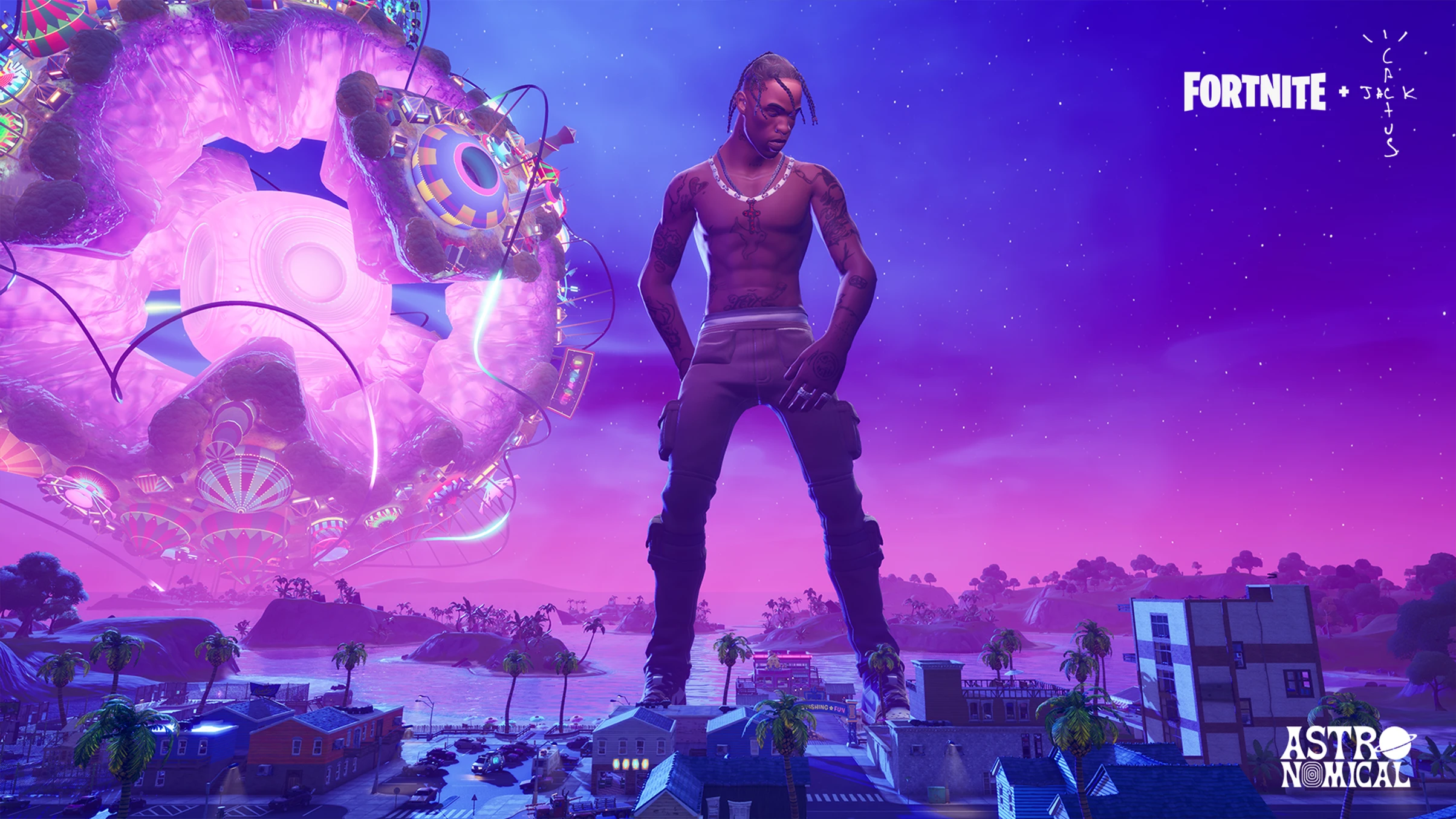
Collaboration: Meta’s Horizon Workrooms is a collaborative tool for people to come together and work in the same virtual room, regardless of physical distance. It works in virtual reality and on the web, enhancing a team’s ability to collaborate, communicate and connect remotely through the power of Virtual Reality.

Empowerment: GucciXFACEIT Last year, Gucci announced its collaboration with FACEIT, an E-Sports tournaments organiser. Together they aim to create a gaming academy, providing players with all the tools they need to become professional gamers and develop their skills.

Interaction: Lavazza Fnatic Lavazza launches the “Icons of Italy” campaign in collaboration with the global esports organisation Fnatic. The partnership will bring a co-branded map to Fortnite, providing an interactive experience through Italian culture and brand positioning.

Buying experience: Benetton Island is available on Nintendo’s life simulation game, Animal Crossing: here, players can purchase a collection of 10 dedicated garments. The offline and online dimensions have a close connection: the garment purchase offline grants a code to unlock the same garment online for their in-game avatar and vice versa.
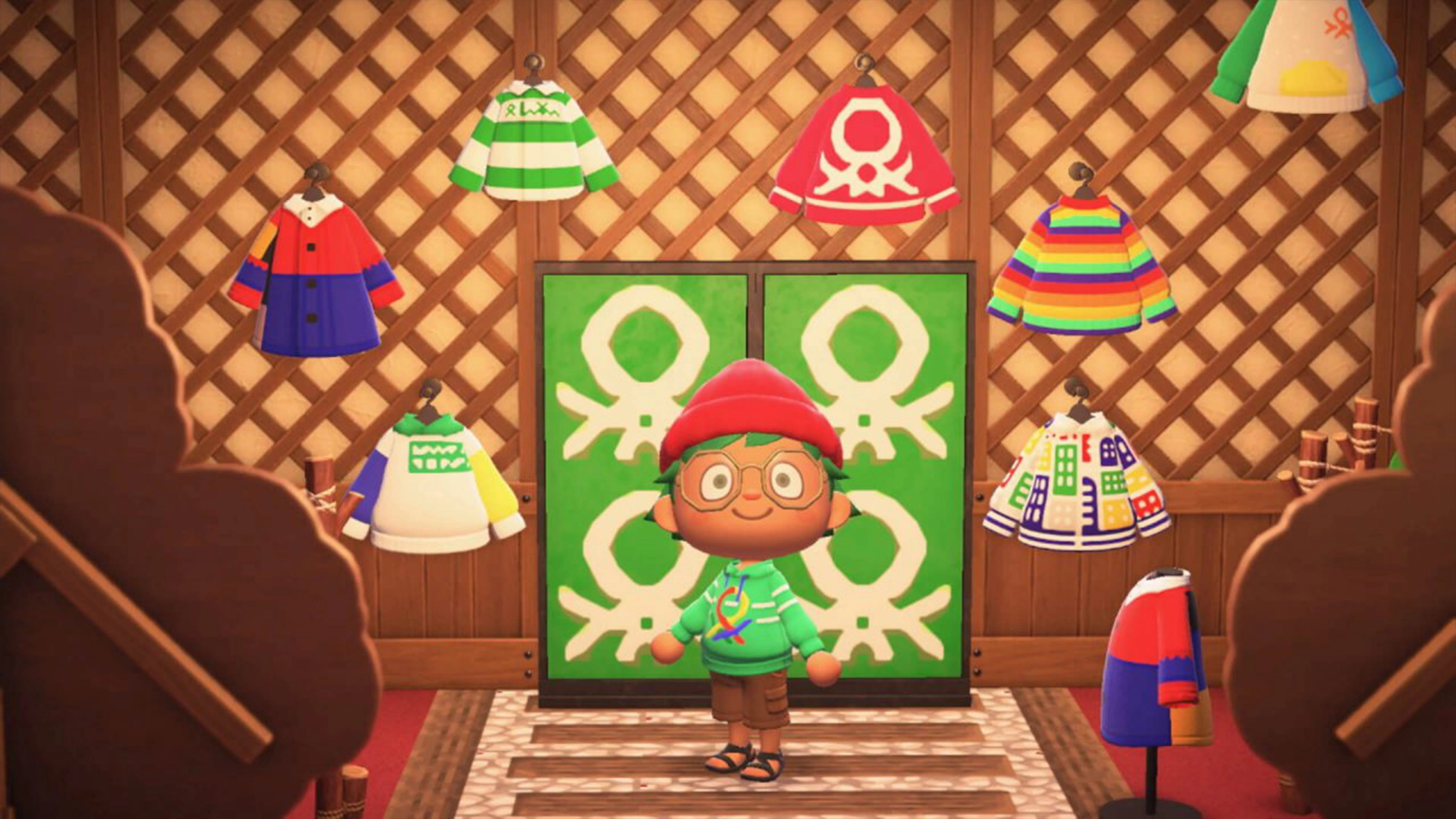
Uniqueness: Italia Regina launched its Eatable Tokens on OpenSea. These thematic NFTs focus on the most iconic Italian food products: tokens translate to unique vouchers of an equal amount to spend on “www.italiaregina.it”, uniting tasty food and the digital world.
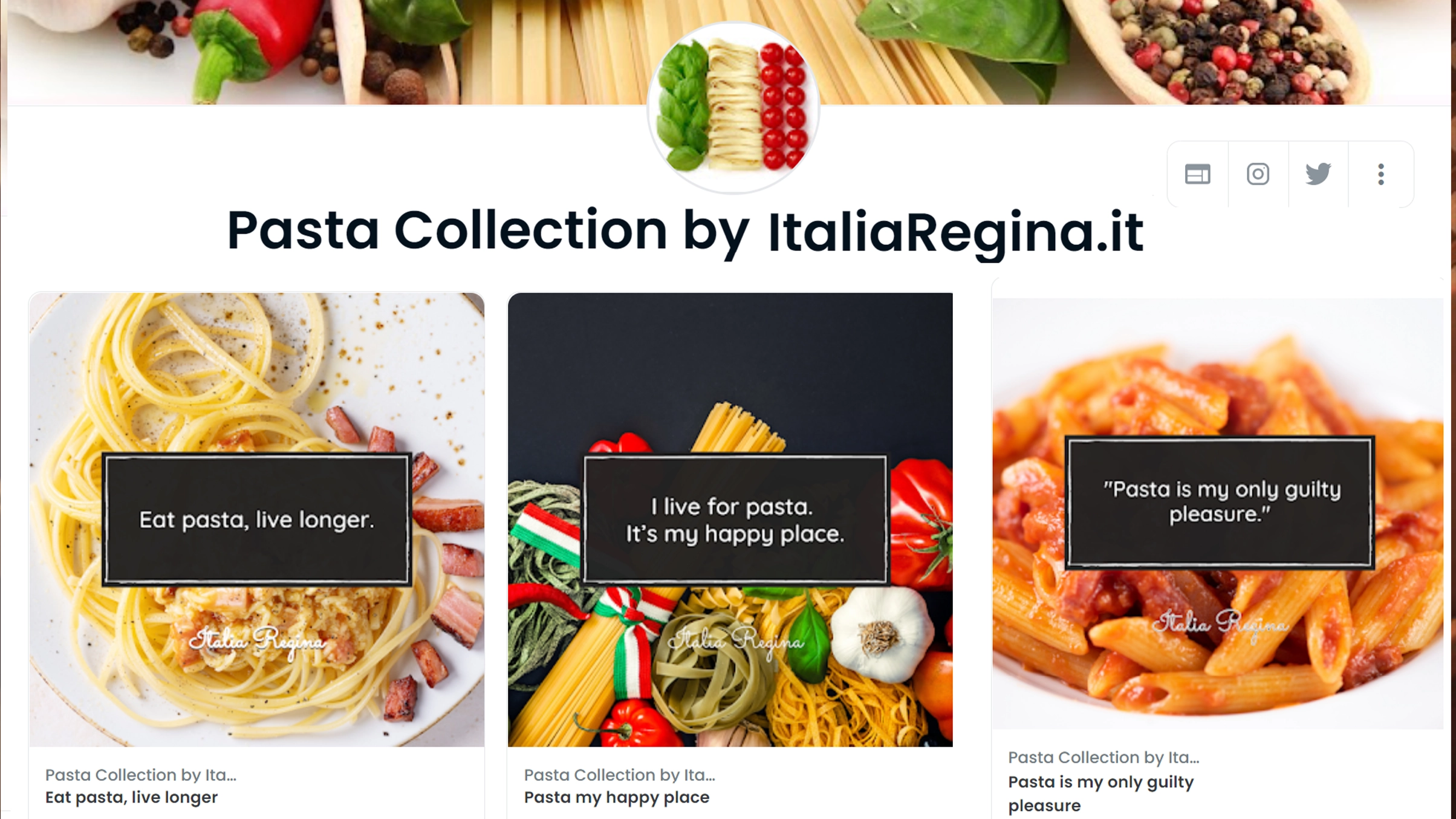
INSIGHT N. 3:
The metaverse allows the chance to respond to specific needs with equally specific operations, positively influencing the relationship between brand and consumer.
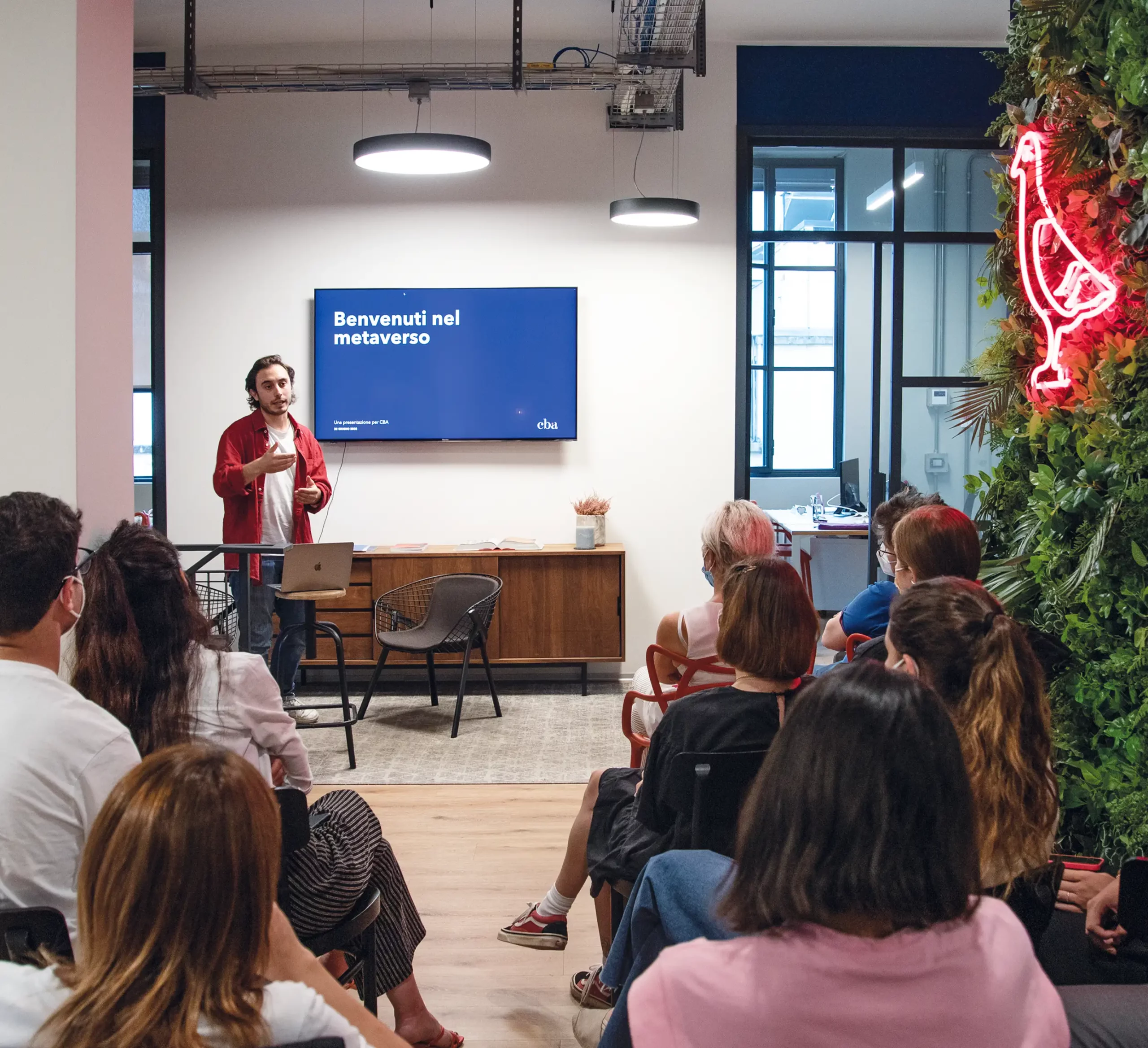
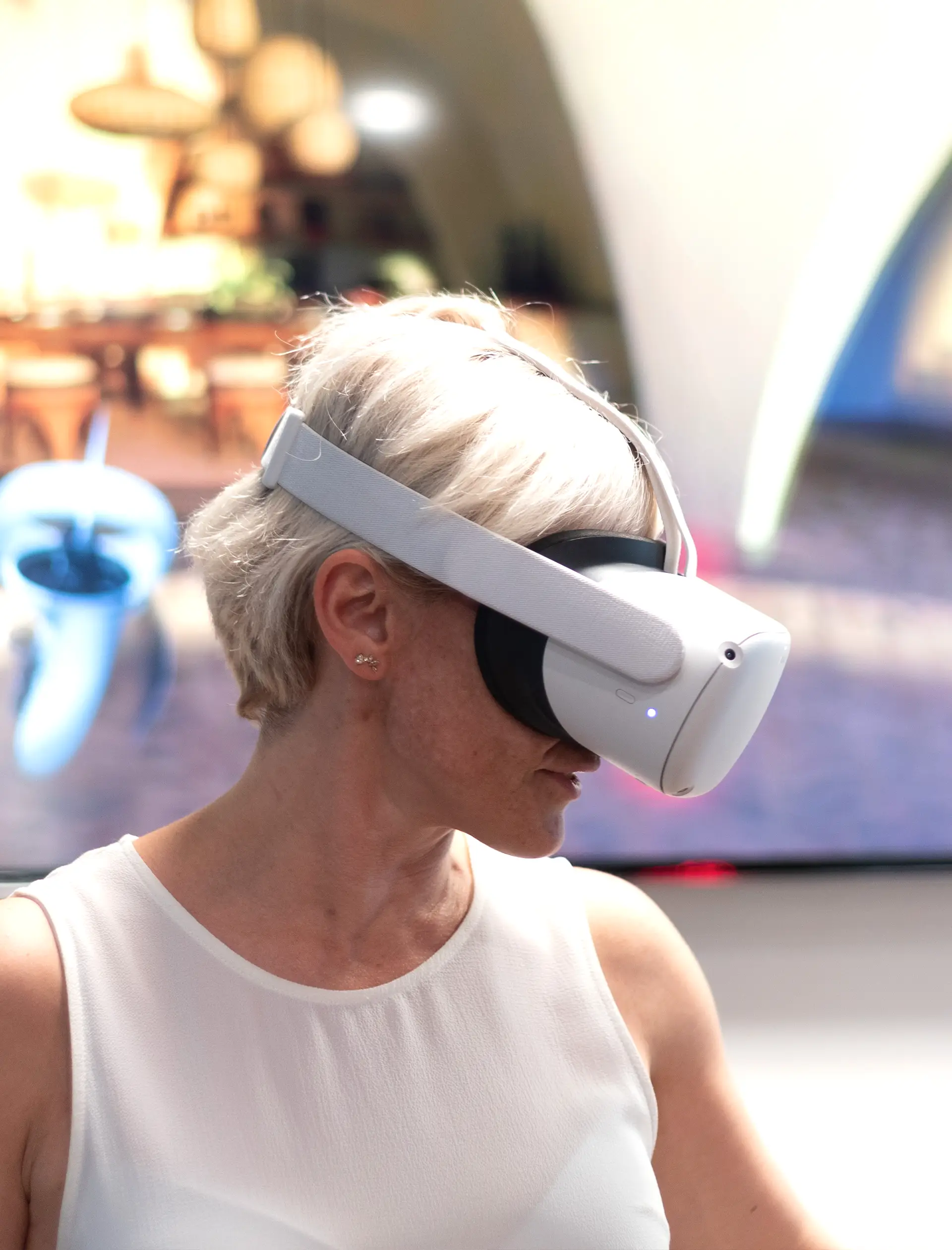
Our next step in understanding the metaverse was an internal workshop organised within the walls of CBA. On this occasion, we developed an action playbook to define the strategic and visual pathway for those brands wishing to position themselves firmly. How? By creating coherent and relevant narratives capable of generating real and long-term value for their users and consumers.
If you are wondering how your brand could position itself within the metaverse and how to create a closer relationship with its users, email us at [email protected].
Brands that want to grow in a healthy way have to be consistent with their purpose and focus on consumer needs. This is what we seek to show in our article that explains everything about portfolio strategy and brand architecture (if you haven’t read it yet, click here). For inspiration on the subject, we bring references from brands that have successfully extended their portfolio outside their original segments, seeking to attract a new audience and better serve the existing ones, without ever losing sight of their mission.
Patagonia was known for being just a clothing and accessories brand for adventure sports. In 2015, it decided to take its mission further (saving the planet) and meet the new needs of its target audience by launching the sub-brand Provisions, which offers healthy, ethical and environmentally friendly food lines. Today not only does it offer food, but also its own beer and wine. Find out more about it here.
Who said menstrual care is limited to tampons? Ohne is an irreverent English brand that seeks to “make people who menstruate happier every day of their cycle”. In addition to offering products such as organic tampons and panties, it has a line of CBD-enriched chocolate bars, supplements and essential oils. Find out about it here.
Carlos V, a popular and traditional chocolate bar from Mexico, was fighting intense competition from other snack brands. By reviewing the entire brand strategy, it reorganized its portfolio to diversify its offerings and also conquer the adult audience. Today, the brand is present in breakfast cereals, chocolate drinks and premium lines such as Carlos V Reserva Real and organic. Read more about it here.
The coffee shop chain has conquered the world – today, in large metropolises, we can’t help coming across a Starbucks on each corner. To continue with its mission of ‘inspiring and nourishing the human spirit’ and seducing the public that doesn’t drink coffee on the street, it lacked one thing: entering people’s homes. This is what they did by launching the ‘at home’ collection, which recently began to be sold in supermarkets in various formats, from capsules to instant coffee, and through partnerships with Nespresso. Read about it here.
Dove has many successful line extensions that can be mentioned. Perhaps the most impressive is the line extension for men, expanding the concept of Real Beauty beyond women. Launched in 2010, the brand capitalized on a need in the beauty and personal care category, since at that time, few products were aimed at men.
Colgate’s ambition is to be the leader in oral care and to give everyone a reason to smile. As a result, it quickly extended its products to offer a wide variety of lines in a commoditized category. Today, there are more than 13 lines in Brazil that meet all needs and profiles, from Natural Extracts, which brings natural elements (read more about it here) to Luminous White, aimed at coffee and wine lovers. In the brush segment, Colgate has partnered with Phillips to launch Sonic Pro, entering the world of technology.
Ikea is known for selling the concept of the “Swedish way of life”, with product names that are purposefully exotic and incomprehensible to the rest of the world. Its restaurants and Nordic dishes, located outside the store, have also become famous. Aware of this success, in addition to furniture and decorative objects, the chain began to offer several frozen dishes and foods inspired by Swedish cuisine. In 2019, the brand began testing delivery in its restaurant in Paris. Read more about it here.
Do you already know the hard-seltzer? The drink made of lightly carbonated water and with 4.7% alcohol became a hit among Generation Z, for its low-calorie content and for being versatile in the preparation of cocktails. Coca-Cola Brazil, which seeks to refresh people in body and mind, and whose master brand follows an independent architecture (Ades, Valle Juices and Crystal Water are also part of the portfolio) acquired Topo Chico in 2017, debuting in alcoholic beverages.
A few weeks ago we sat down to chat with designer Fabio Sant’Ana from Braskem about circular economy and the opportunities for generating new business models associated with it. To keep the conversation going, we made five suggestions that include reading, podcasts, conferences and other initiatives related to this urgent and inspiring topic.
How can we be smarter about the way we make and remake our products? In this TED talk, an expert on sustainable materials shares surprising examples of thriftiness and invites us to reflect on this concept. Check it out here.
Located in Eskilstuna, in Sweden, this stores in this shopping mall only sell second-hand or “upcycled” (products used in a new or different manner) products. Can you imagine that? Watch a video about it here.
Besides inspiring more naturalness through its ingredients, the new line Natural extracts is the first of its kind in Latin America to come in a recyclable tube. We’re very proud of having created its new visual identity. Find out more about the work here.
In this episode of the podcast, activist Giovanna Nader invited Fe Cortez, creator of the Menos 1 Lixo (1 Less piece of Trash) movement, to talk about ‘donut economics’ and how it relates to circularity. Listen here.
The chain’s first fully circular shop opened its doors in Rio de Janeiro, in the Rio Sul mall. The shop’s architecture is based on a circular design, with green areas, partnerships with thrift shops and Eco Estilo, a reverse logistics program. Even if you can’t visit the shop in person, you can find out more about the initiative here.
Interaction and transformation are the actions that guide Café+, the internal initiative of CBA B+G – a space to think about sustainability, diversity, inclusion and many other urgent matters. Last month, our guest speaker at Café+ Circularity, was Fabio Sant’Ana, Braskem’s Specialist in Market Development of Packaging for Circular Economy and Consumer Goods.
The almost two-hour chat was attended by a room full of inquiring people, who were eager to learn what the designer and entrepreneur had to share. Here are some passages:
How should design rethink the plastic in the packaging?
We are well aware that this is an urgent topic, and the market has changed a lot regarding the briefing for packaging production. In the past, progress used to be based on cost, performance and communication; today the scenario has changed; these factors are still important, of course, but other drivers, such as sustainability and convenience, have been included.
The constant consumer movements demanding the commitment of companies to sustainability has led to increasingly complex environments. In this context, which requires an enlarged look, the circular economy model gains momentum, and design plays a very important role.
Tell us a little bit more about circular economy.
The circular economy is a business model that looks at sustainability as an intrinsic part of the process of industrialization and monetization, unlike the linear economy model. In the latter, the high point is when the consumer buys the product, and the idea is to make him buy again. However, in that model, there’s a constant extraction of raw material in high volume, while the value of the product decreases dramatically after use, since after use no alternative is considered other than low-value disposal.
The circular economy model promotes reuse and alternative solutions for post-consumption, such as maintenance, remanufacturing, and recycling. If we focus on the reuse model alone, which proposes the use of products for longer, we will notice that different opportunities for new business models associated with it eventually arise. And this requires a design-oriented thinking.
What do you mean? How does the circular economy encourage new business models? In what sense is it innovative?
It is innovative in the sense that the focus shifts from the product itself, to services. For example: there are furniture brands that, being familiar with the practices of the circular economy, have developed a new service: the repurchase of used furniture (buy back service) – and doing so with an interesting and engaging narrative, proposing that old furniture gain a new life. Another example: not so long ago, it was considered top-notch for computer companies to be able to assemble their computers in two minutes. Today, their KPI is certainly moving towards offering a product that can also be DISassembled in two minutes… It is the application of the concept ‘reuse, recycle, reduce’, and this directly impacts the type of product that we, designers, have to propose and design.
In your opinion, what should be done to broaden the vision of ‘product as a service’ and engage companies in this issue?
It’s a complex path. That’s how we see it at Braskem: we have a short-term focused team dedicated to the sale of resins. Meanwhile, the market development area thinks of a medium and long-term scope, predicting and planning five years ahead, to build a future market for managers to act. So it is a construction; a long, continuous and extremely necessary transition. It is an exercise of looking to different directions and changing the way you relate to products. We need to face the issue of scarcity, and in this sense, the circular economy, as a hybrid model, presents itself as a viable path: it is more sustainable both economically – searching for solutions and models that replace use by reuse, the production of goods by the supply of services – as well as environmentally, proposing a greater balance of ecosystems.
It’s a controversial topic, even more so in petrochemicals. Thinking from our point of view, as a design office, what should be the approach with customers? Where should we focus first: on material resources, logistics, post-consumption?
There is no ready recipe, it depends on the market in which each company operates. In the food sector, for example, the attention given to packaging demands a specific approach, since it works almost like an extended concept of the health and nutrition that it involves. In the hygiene products sector, on the other hand, the issue of water consumption is crucial, so the approach can be sustainability in the industrial process.
But the entire industry, to a greater or lesser extent, is launching its commitments to sustainability, which are based on four pillars: material optimization; production of 100% recyclable, reusable or compostable packaging; use of recycled and use of renewable. Based on that, it is necessary to look at the customer’s need and understand: where are they inserted? What kind of business are they in? What is your consumer’s journey? And how to integrate it with the packaging journey, making it more circular and sustainable? While industries think about efficiency, the FMCG sector also values other attributes, such as consumer experience. The power of the brand reverberates differently depending on the universe. All of this provides the consumer with different value propositions.
Indeed, there is a great opportunity to make the most of the consumer journey. How to design a product, thinking about this journey?
Influencing the journey can be a starting point, but circular thinking is much greater. It is a responsibility of businesses and consumers. See, the world works in a linear way, that’s the challenge. Everyone has to compromise and collaborate from their position; it is more than sustainable packaging; it is a sustainable solution. The entire cycle – supply, use, reuse – requires a transition to new models of thinking and consumption. We are all looking for solutions, and it is not just about who “pays” for the changes.
In response to a growing demand for meatless products, the offer of vegetarian “meat” is booming – veggie burgers that mimic the texture, taste and nutritional benefits of red meat, with no ingredients of animal origin.
Since the launch of the Impossible Burger in the United States in 2016, many other companies throughout the world followed suit. In Brazil, the concept is now on everyone’s lips, promising to fool even the most carnivores. The promise is daring, arousing everyone’s curiosity.
But how is this surprising result achieved, and what does this tell about the product? Is this innovation really the answer to a more conscious consumption, as we’ve been told?
The techniques and recipes vary, but one thing is sure: to be able to mimic the taste and texture of meat by using just vegetables demands extensive manipulation and processing of ingredients. Animal-free they may be. Yet, they are not natural.
In the United States, the pioneer Impossible Burger is to this day considered the best vegetarian “meat”, due to its patented “secret ingredient” – heme. This molecule, only found in animals, is responsible for the typical succulence of meat. Using genetic engineering they managed to isolate and replicate the molecule in lab and then inject it in their burgers. That’s why the result is so great. No other competitor has this “heme” ingredient, but yet they managed to create very good burgers using other tricks, such as red beet to get close to the juicy, red aspect of blood. On each of the different recipes, the source of protein usually varies between soy and peas, and the fat comes from coconut or canola.
Along with these main ingredients, many others are added. The list of ingredients for highly processed food like this is usually extensive, as they have been extracted, isolated, manipulated and rearranged to make up the final product. Consequently, the faux meat can fake a burger and other processed food but is far from being “real” meat.
“The Impossible Burger contains Water, Soy Protein Concentrate, Coconut Oil, Sunflower Oil, Natural Flavors, 2% or less of: Potato Protein, Methylcellulose, Yeast Extract, Cultured Dextrose, Food Starch Modified, Soy Leghemoglobin, Salt, Soy Protein Isolate, Mixed Tocopherols (Vitamin E), Zinc Gluconate, Thiamine Hydrochloride (Vitamin B1), Sodium Ascorbate (Vitamin C), Niacin, Pyridoxine Hydrochloride (Vitamin B6), Riboflavin (Vitamin B2), Vitamin B12”
Future, Incredible, Rebel Whopper, Impossible, Beyond – the names chosen by the brands are an obvious bet on the fascination exerted by innovation. But after the first bite the surprise subsidies and the consumers seek more significant benefits. We observe that most brands sell the idea of a “better” consumption for individuals or for the planet.
Impossible proudly advocates that, with the consumption of this kind of product, we, as human beings, are taking a step towards a better future. Making use of the image of an astronaut, the brand implies that the impossible, a science fiction thing, is now real. “Save the world, eat a burger”, one of the taglines used, points to responsible consumption as a result of the technology created.
The Brazilian start-up Futuro has introduced veg burgers in the restaurant Lanchonete da Cidade and in supermarkets, announcing the quality of the ingredients used and the burger’s delicious taste, while its modern and urban look conveys the feeling that the plant-based burger is an updated version of the traditional meat.
Beyond calls itself the “future of protein”, a message that blends conscious consumption with personal growth, as if becoming a vegetarian would make one a better person.
But Burger King has made the most noise in the last weeks about its “100% plant-based” Rebel Whopper available only in São Paulo at the moment. In the commercial, young people savor the Whopper imagining it is the same as always, and then they discover that in fact it is not. It is a self-challenge, and a helping hand for vegans, that now have an option for their trash moments!
None of the brands declare explicitly that they are healthy, but many flirt with the idea through the visual identity, in messages such as “100% vegetable” and “plant-based”, and by using images of leaves and green seals. Who does not associate vegetables and plants with good health? All brands take advantage of the good reputation that veganism has earned lately, being regarded as a synonym for a healthy lifestyle, with several documentaries at Netflix catching on this idea.
However, behind the brand communication, how sustainable and healthy these plant-based products really are?
As we have seen, Impossible presents this technology as a great solution for the future. Indeed, we are only beginning to see this kind of product. In the United States, Just has launched vegan scrambled eggs that look and taste exactly as the original, and is investing in high quality veggie meat. Millions are being invested, start-ups are blooming, large companies are coming into play. But is this really the perfect solution for our planet? We already know that it is crucial to eat less meat. But these plant-based products that try to replicate the experience that only meat products provide cause several ethical dilemmas, as some see them as a stimulus to shift from real food to processed and artificial food.
Paola Carosella and Rita Lobo, on the front line, uttering strong statements in social media, favor the idea that “in case you are a vegan, you should eat real vegetables instead of trying to replicate something that does not exist”. If we follow that line of reasoning, the plant-based products are a way found by industry to encourage the continuous purchase of expensive semi-prepared industrialized food, moving away from real food. Sure, it is a vegan option, however a processed one, instead of a chance of teaching people to free themselves from industrialized products, of learning to cook, of taking control of their own diet.
The claims highlighting the protein and its nutritious qualities are a solution for the dilemma faced by many wannabe vegetarians, who are afraid of not getting enough protein. But the source of the protein is not always made clear, it can come from soy, for example, whose healthiness in Brazil is highly questionable.
A more sustainable future involves not only the reduction of meat consumption, but also wider issues, such as educating the population to eat with awareness, enabling people to cook simple meals without having to rely on food that is impossible to replicate at home.
The human capacity of doing the impossible is the most amazing fact about these new vegetarian “meat” products. I suggest trying them, as an alternative for meatless products.
However, to imagine that this is what the future holds is more scaring than positive. The consumption of this kind of food, like any ultra-processed food product, must be careful. When educating people to eat less meat, there should be a joint effort to raise food and cooking awareness. For this reason, brands should be very transparent and careful before claiming that those products are healthy or sustainable just because they are vegan.
Carmen Beer, Senior Strategist, CBA B+G.
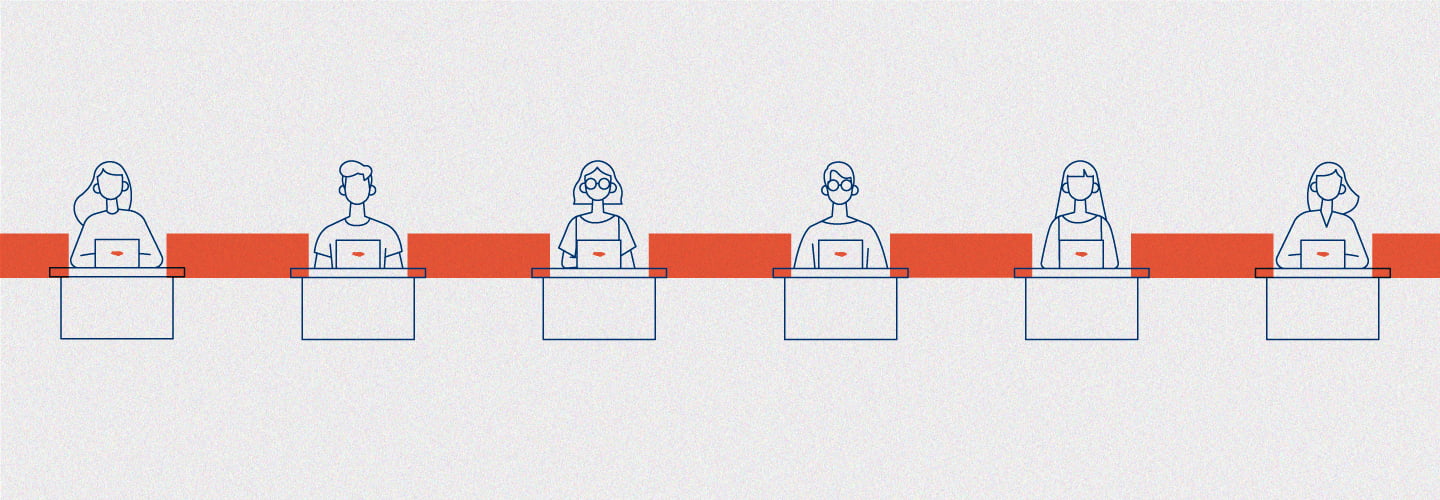
The work-from-home culture, previously restricted to a minimum share of the population, has become the motto for most companies of all sizes, worldwide, and in less than a year. For us here at CBA B+G, it was no different. Among all the challenges that this moment of transformation has brought, perhaps the greatest of them is to keep alive the culture of the company and the link between its members, despite the distance and isolation. And what is, after all, company culture and how can we keep it alive?
A company’s culture is defined by a set of elements that reinforce or discourage patterns of behavior and values within the organization, reflecting the way it operates. Do you know when someone says that a place is “toxic“, or on the contrary, says that it feels like ”being with family”? Yes, this refers to culture. And it is not connected only with the well-being of employees. We are increasingly realizing that companies with strong and healthy cultures impact productivity and business results. For Livia Brandini, founder & CEO of Kultua, a startup that recently conducted the culture diagnosis of CBA B+G, understanding the culture installed in the company is the first step to successfully drive any change in the organization. She says:
“Strengthening organizational culture and engagement at work increases business results by more than 20%, encouraging more positive relationships and work experiences for employees. There is no doubt, cultural barriers have proved to be the main obstacles to the transformation process necessary for the prosperity and health of organizations.”
From home, at a monthly meeting created to talk about ESG issues (come learn more about Café+ here!), the agenda was exactly this: and now, what will be the future of work, outside the office? Among the good reflections that emerged, we gathered key elements that we identified as part of a company’s culture, along with ideas on how to deal with them within a remote working context.
People: companies are made of them. Without them, nothing exists. The quality of the relationship between people who coexist within a community says a lot about the values of that place, creating a sense of belonging to something greater. In face-to-face work, it is easier to keep in touch with people inside and outside their respective areas, or to know what is going on by inviting a workmate over for a coffee. In a work-from-home regime, people from different areas can work in the same company and never even see or know each other.
In order not to lose the connection between people and distinct areas, it has become even more important to create group dynamics that involve different areas on a regular basis and to have communication channels that facilitate spontaneous exchange between people – to talk about work or any other subject. We all like to meet colleagues also to relax and talk about trivial things. This lightness makes the work more pleasant.
Rituals: These are all the habits that have a special meaning in the routine, bringing a breather and creating a common identity. In the case of CBA B+G, we can mention the birthday celebrations with everyone in the agency singing “Happy Birthday” and eating a piece of cake, the collective meditation every Thursday at noon, or even the Pet Day (day when pets were welcome to spend all day in the office with us).
And how can we recreate these significant moments in a digital context? Here, our suggestion is to adapt: find new ways that suit the online environment, rather than romanticizing it and wanting it to become a copy of the face-to-face reality – it is not. From this understanding, there are numerous possibilities to recreate rituals in a hybrid way, half physical and half digital, such as keeping happy hours and breakfasts at a distance – with real beer, coffee, and Brazilian cheese bread.
Institution: Companies are places of work, which implies seriousness, rules. Cultivating a certain ‘discipline’ is also a necessary and welcome attitude, as it suggests guidelines that keep the focus on results and productivity. What’s more, it shows employees that they are not left to their own devices and that the leaders are committed to guiding and empowering them.
Currently, the first of the golden rules is to communicate, communicate, communicate. The second is to trace growth paths for everyone in the company, building a career plan, providing feedback and focusing on self-development. It is true that Human Resources and internal communication have never been so fundamental.
Environment: The physical space is also part of the culture, it is the embodiment of the company’s vision, conveying its values to the world. In many companies, the lobby is a place where one proudly displays the manifesto, beliefs, or any other symbol that represents their mission. The environment has the ability to put all employees in the same tune, typical of the company.
And what is the size of the challenge we face nowadays that each one is immersed in their personal bubble? Some virtual dating platforms, such as Topia and Gather are seeking to solve this issue, with the promise of recreating customized offices that mimic the physical space and bring the spontaneity of unplanned meetings.
We are beginning to enter a new era and one thing is clear: for many (most?) companies, nothing will be as before. With advantages and disadvantages, the remote and hybrid working models have come to stay. Businesses of all sizes have the unique opportunity to rethink processes and give new importance to the culture of the company and its employees. After all, there’s give and take on both sides, every day.
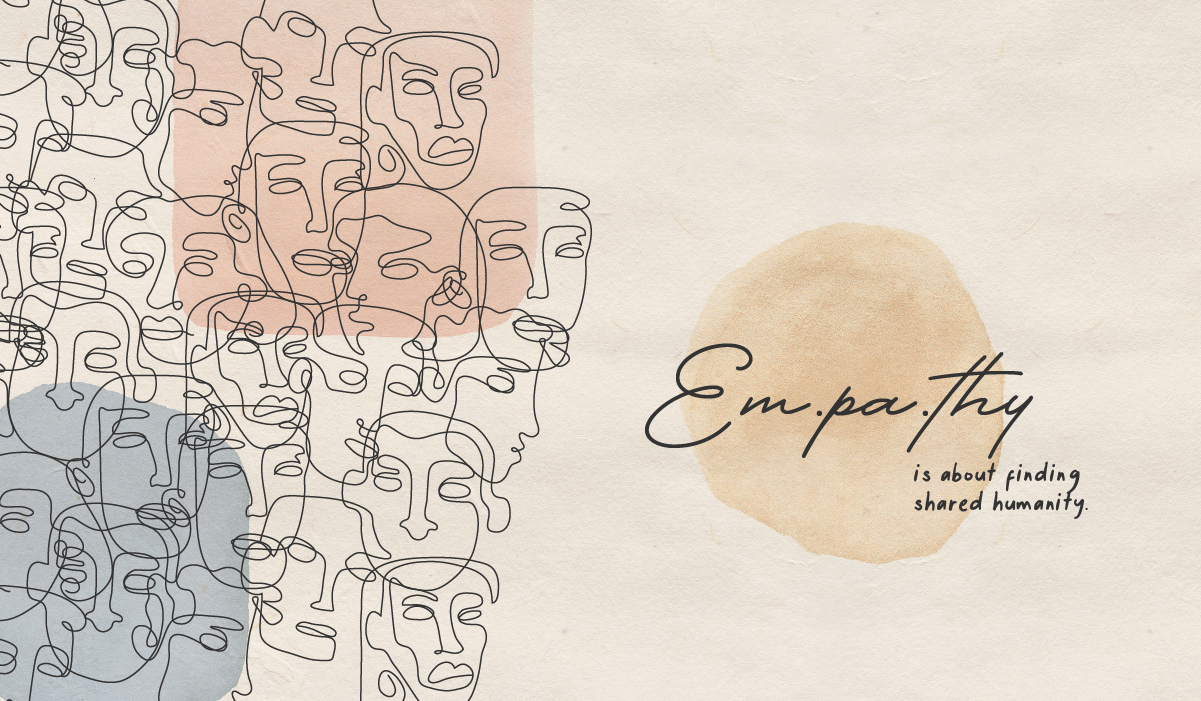
In the day-to-day life of big corporations, agencies or consulting companies it’s easy to forget the target consumer’s reality. Although consumers are on the core of everything that is done, thought and designed, oftentimes stakeholders know them through figures and reports, but rarely see them in flesh. It is a challenging task to make consumer insights known outside the CMI (Consumer & Market Insights) department and engage more of the company’s staff in the process of understanding the target consumer.
Today there is an increasing tendency to value big data and artificial intelligence – which we, at CBA B+G, totally support. However, we can’t forget the great value of building emotional and human ties throughout the research and innovation process, by using tools that promote an empathetic immersion in the lives of consumers.
But what exactly does empathy mean? According to the Australian philosopher Roman Krznaric, it’s about finding shared humanity. He believes that we are urgently in need of empathy to create the ‘social glue’ to hold our society together. From a business point of view, empathizing with consumers is not only ‘cool’; we believe it also leads to transforming, effective and positive results, in three different ways:
Storytelling is at the heart of any empathic process, and there are countless tools, non-digital, hybrid or completely virtual which engage the spectator in the story in a simple, touching and impactful way. Here are some tools and examples that can be applied to society and by brands.
A. Step into someone else’s shoes … literally
If empathy means to step into other people’s shoes, then why not literally do that? That is the proposal of the initiative called “A mile in my shoes” from the Australian National Maritime Museum, which invites visitors to wear shoes that belong to other (real!) people and listen to them telling parts of their stories. In São Paulo, the exhibition “Diálogo com o Tempo” (Dialogue with Time), hosted by Unibes Cultural, has created an immersion environment in the universe of old age, inspired by the same principle.
At CBA B+G, we have applied the same idea during an Innovation workshop held for Plenitude – a brand of disposable underwear, designed for people who suffer from incontinency. We have asked the participants to wear the underwear for three days, to put themselves in the consumers’ shoes and better understand their needs.
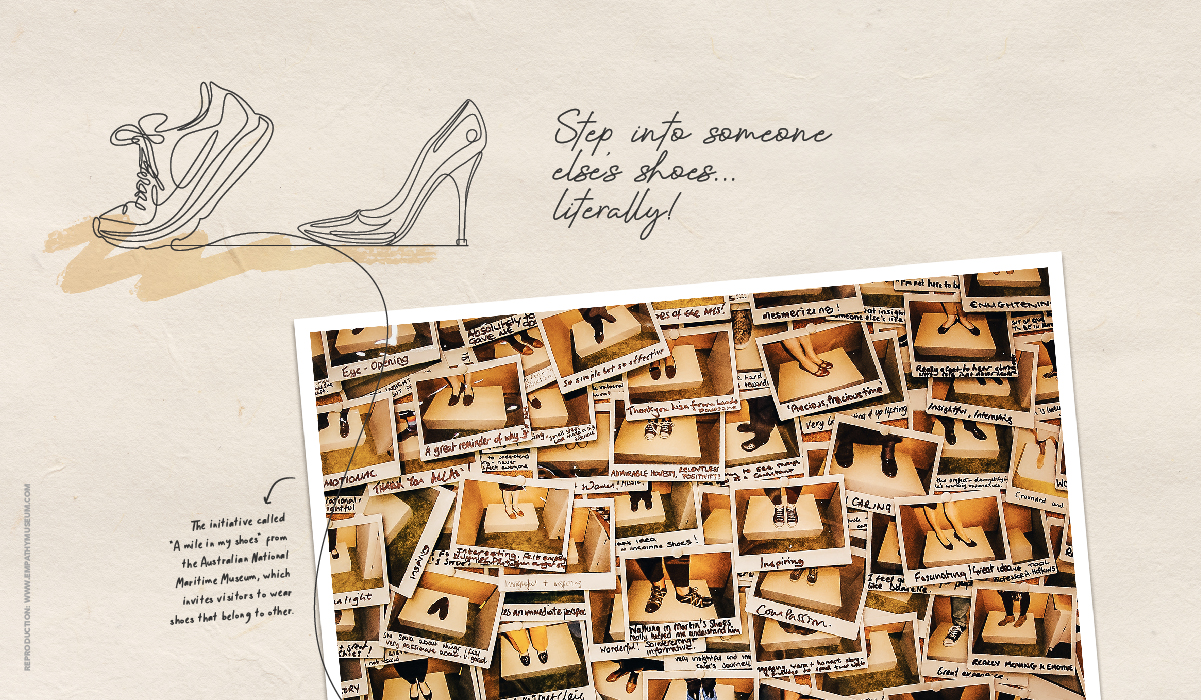
“Using the product myself was revealing. We have always focused on absorption, however I noticed opportunities to go beyond. These insights led to new innovative attributes for the product, which are currently being developed by our Engineering team. Today we are close to offering one more benefit to better meet our consumers’ needs”
Mônica Fernandes, CSI Adult Care Leader, Kimberly-Clark
B. Capture moments of life through films, audios and photographs
Films and photographs are powerful empathy devices. This thought led the Chinese artist Ai Wei Wei to create the film “Human Flow” to raise global awareness about the refugees crisis. Brands also make use of empathetic films to create impactful campaigns. “Thank you, Mom”, the most successful campaign in the history of P&G is really touching because it effectively puts spectators in the place of mothers, creating a strong sense of identification.
At CBA B+G, we have been running ethnographic surveys and online diaries about consumers’ journey, asking them to film moments of their lives using their mobile cameras. For one of the partners we work with, from a hitchhiking app, we used the methodology ‘fear accounts’, through which we kept in touch with the app users via WhatsApp during a week, asking them to send us an audio each time they got scared when using the service, telling us what happened and how they felt. This method allowed us to capture real and touching stories, spontaneously.
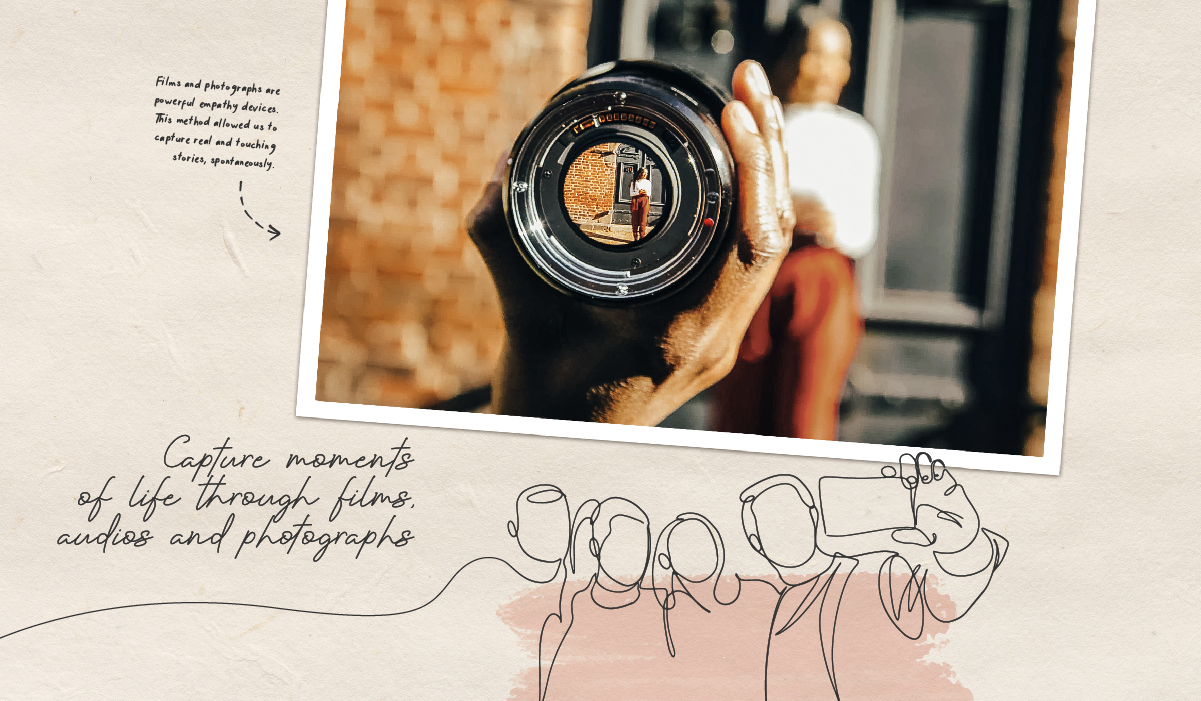
C. Immerse in someone else’s world with Virtual Reality (VR)
The VR technology uses a headset to place the spectator in a virtual environment with a 360 view, providing a more intimate and active immersion. For some people, technology is undoubtedly the best way to step into other people’s shoes. Technology has been used in games, science and arts, to recreate the way autistic people perceive the world, and as an invitation to reflect upon the effects of global warming.
At CBA B+G, we have devised for Nestlé a VR Project – Consumer Connections – to immerse in the lives of the target-consumers of three major brands of the company. One of the project’s expectations was to give everyone in the company – regardless of work department or position – the possibility to get to know the daily lives of people from different realities. The tool made it possible, for example, to follow a typical day in the life of Luiza, a teenager who lives in São Paulo and loves KitKat and skating. To Cibele Rodrigues, Research Manager, at CBA B+G, “the project was enriching and powerfully delightful. It refreshed the target, putting everyone on the same page. Moreover, we escaped the traditional reports, showing more humane journeys. At the end of the day, the figures made more sense, allowing executives to take more assertive decisions, closer to the consumer”.
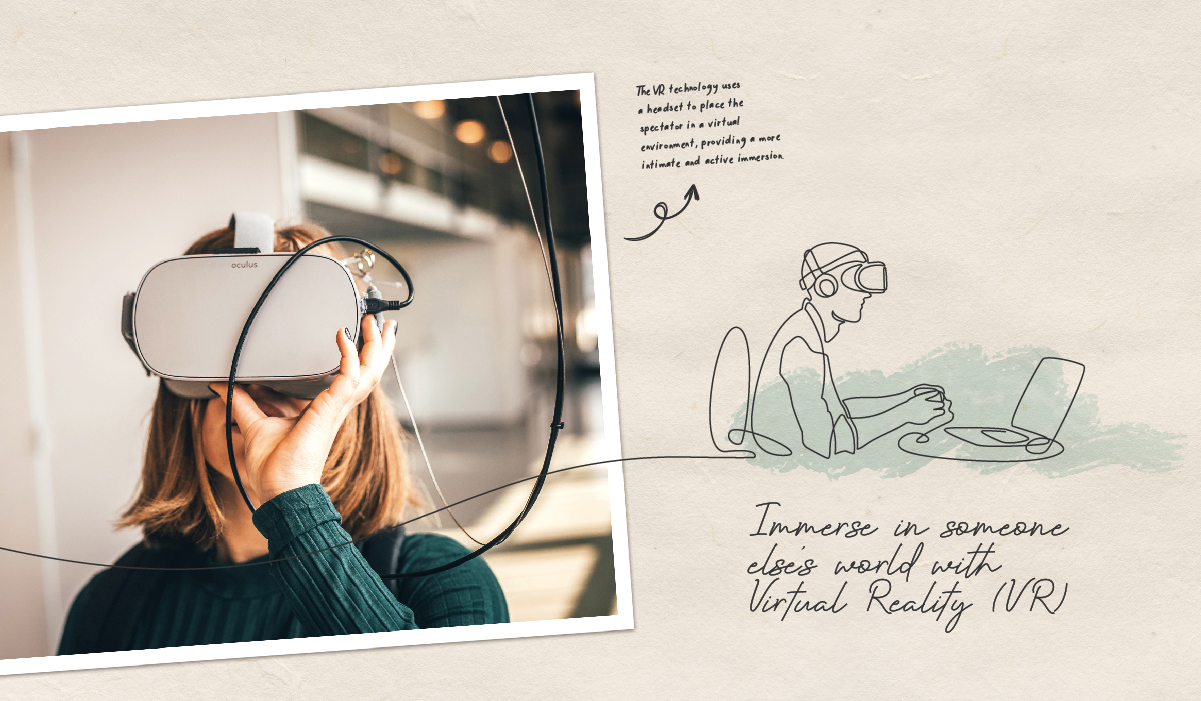
“The immersion project using VR was one of the most incredible we have ever experienced, which made us think ‘why haven’t we done that before?’ The possibility to follow parts of consumers’ life is the icing on the cake for any insight or marketing professional. The approach was fundamental to make us understand the best moments and ways to connect with them”.
Demer Santos, Consumer & Marketplace Insight Manager, Nestlé
D. Blend consumers with clients, breaking barriers
Who says we cannot mix consumers and clients, spectators and artists, experts and laypeople? Breaking these barriers is also a powerful way to connect people and develop empathy.
We introduce this concept during our processes, joining clients and consumers to work face-to-face, without one-way mirrors and with no condescension. Today, we do the same remotely. Alex Espinosa, CBA B+G’s managing partner and Head of Innovation, explains that the objective is to “create ecosystems where clients, consumers, mentors and experts co-create together with a common purpose, enabling a multi perspective view of the challenge and incorporating experiences that boost the developed solution”.
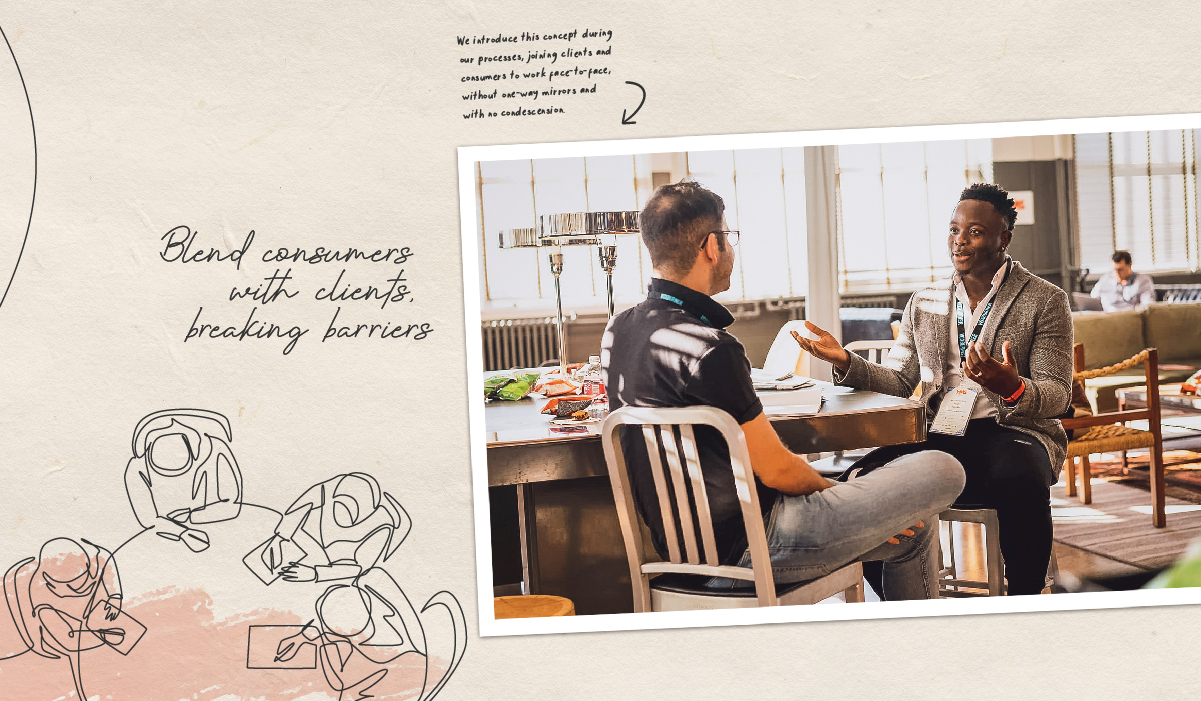
E. Join virtual with real, using Augmented Reality (AR)
AR has also been gaining space in our lives. This technology make it possible to mix elements from the virtual and real worlds with the advantage of being much more accessible, since it doesn’t require a headset and can be easily developed in an app. It has been largely used, both by entertainment games (who remembers the Pokémon Go fever?) as by brands that provide a product trial without the need to leave home. That’s the case of Ikea, that simulates how your sofa would look in your sitting room; or L’Oréal, that offers the possibility to virtually try on different lipstick colors before choosing one.
But how is augmented reality used in research and Innovation? We have recently developed, together with one of our business partners, an app that used AR in a disruptive way, to make a survey about absorbent pads products. Consumers were able to try different shapes and sizes of new products, simulating real use by projecting them in their panties or bikinis. To Alex Espinosa, “technology allows prototypes and products to reach millions of homes without the need of physically producing any of them, in real-time tests that result in products that better fit the target-consumer. It is the fastest and most effective way to validate your MVP (Minimum Viable Product) with consumers and find the added value and possible improvements within minutes”.
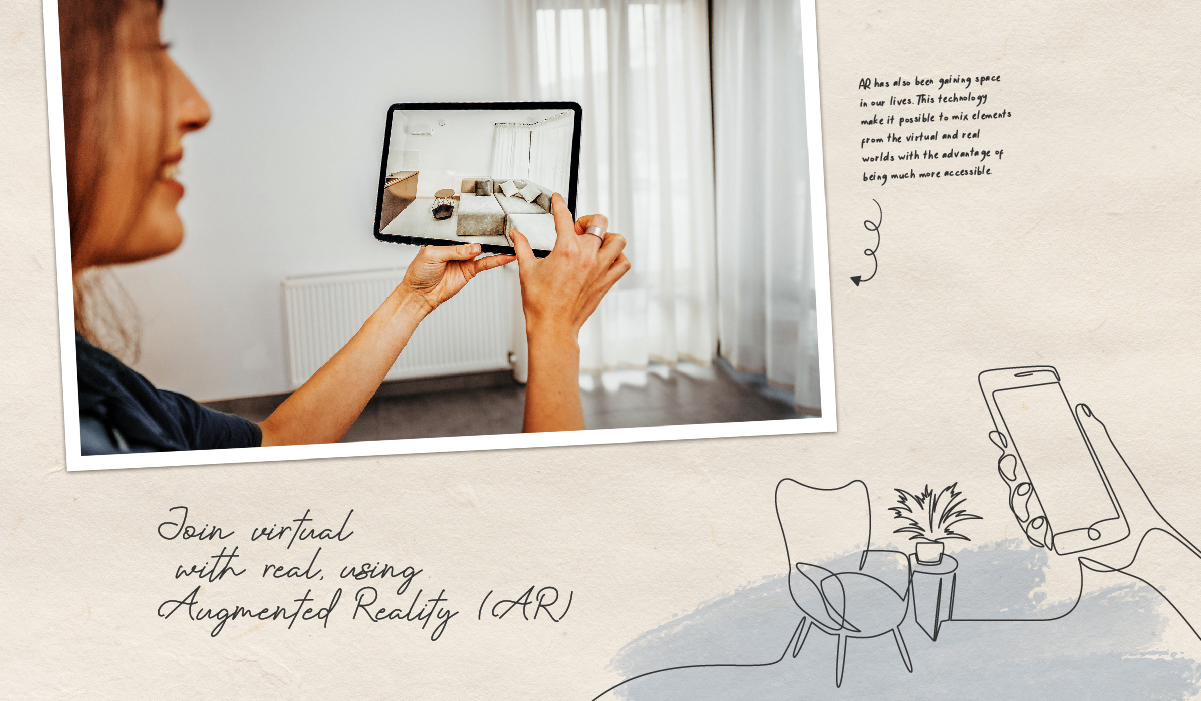
We may safely assume that extended reality will continue to evolve and improve to achieve astounding results. We bet on the use of Augmented Reality and other hybrid formats that explore the best of technology to project reality as perceived by others without disregarding human contact. Definitely, digital and analog realities are complementary in capturing insights more sensitively.
To delve into this issue of empathy and its tools more deeply, we recommend watching the TED talk by the Australian philosopher Roman Krznaric about how to start an empathy revolution, as well as the New Yorker’s beautiful immersive animated short-documentary film about detention camps in China. If you don’t have a VR headset or cardboard yet, it’s worth buying one and start playing with these new possibilities.
And of course, don’t hesitate to contact us to understand better how we can help your brand use these tools on your behalf. And if this topic inspires you and if you are or know someone who is a business professional, strategist or designer interested in joining our team, write to [email protected] telling us about your expectations, objectives and history. We are always looking for talent!
This article had the contribution of: Carmen Beer, Ana Cerqueira, Giuliana Sanchez, Thaísa Miyahara, Ana Paula Moreno, Alex Espinosa, Cibele Rodrigues, Demer Santos, Mônica Fernandes, Josy Lamenza, Daniela Irrazabal, Rosario Maglione, Renato Storni and Luis Bartolomei.
The saying goes that a picture is worth a thousand words. In design, this maxim often proves right and ultimately determines the success of many products. However, when it comes to brands, the speech is of great importance.
For a branding project to be complete, it is necessary to create a visual identity as well as a verbal identity, which will set the brand’s tone of voice. This is nothing but the emotional utterance of what the brand represents and has to offer to the world, said and expressed in its own words. Put like that, it sounds simple.
In effect, the path to this construction is long and begins with the strategic positioning, when the questions to be answered are: why does the brand exist? what values guide its actions? – and consequently – what is its personality? Then, the story to be told becomes clear, and the first significant verbal expression that normally arises is the brand manifesto.
A few years ago, this was considered internal and confidential content, but now brands have realized that this information has to reach everyone. The brand’s manifesto makes everything, or almost everything, become evident. Here is a ‘classic’ and well-known example that shows what I mean: while The North Face positions itself as a brand for people who are passionate about outdoor adventures, its competitor Patagonia defends socio-environmental responsibility (going as far as making an anti-consumption announcement, in 2011). Both brands are in the same category, targeting the same consumers, but they have different beliefs and stories. The question is, what brand does each person identify with?
A great challenge when creating a verbal identity is to connect the speech not only to the brand purpose, but also to the people that work with the brand and, of course, to the target consumer. And it is this practical expression, carried on daily, that makes it real. It is not just about creating attributes, it is necessary to reflect the brand’s human traits and dig deeper, thinking about the words that should be used and the ones that should not. The brand needs to be real, authentic and honest, in the first place.
As a result of social networks, algorithms, and artificial intelligence, relationship building is highly valued, and increasingly human interactions are expected. It becomes clear that verbal identity does not refer only to written text. It is the speech that counts, which can have different formats and sizes – video, audio, or a demonstration of support for some everyday topic. And then we face another sensitive issue for any brand: the decision on whether (or when) to speak out on topics, defend causes or highlight a position, which can sometimes be controversial. The answer will depend on each brand, and obviously, it is also a strategic decision. Oftentimes being neutral, or not taking a stand, can be worse. Not taking a position can be seen as a stance. Tough, huh? I suggest reading this text, about activism and branding, that clarifies ideas and lists good practices on cause engagement and positive impact.
In a society in constant change and with social ruptures like the one we live in, it is key to have all brand stakeholders aligned. Brand books and guidelines are important but even more relevant is to inspire people, internal and external teams; you have to be consistent, but also flexible. After all, although it is the brand’s voice, it does not speak alone.
Ricardo Oliveira, Creative Director at CBA B+G
“…a picture paints a thousand words, then why can’t I paint you?”
My Dad would often sing these classic lyrics to my Mom when I was a very young girl, prompting me to perfect my eye-rolling skills.

It’s doubtful that a set of emojis would have been of much use to the writer of these romantic words as he tried to capture the beauty of his true love. 😥
The song acts as a stark reminder that even pictures have their limits. A thousand words might be stretching it, but a simple heart can definitely replace eight little letters.
So, what do these playful pictograms tell us about the world we live in? Read on to find out.
Emojis are a byproduct of the new technological opportunities available on phones and keyboards. Because we can, we do. Their creation was almost inevitable.

To give their age a little perspective, emojis are a year younger than the first episode of Judge Judy’s TV show.
When it was announced last year that her courtroom drama was to end, her millions of grief-stricken fans were limited to exchanging crying face emojis – there being no hysterical, ululating varieties (yet). The sad face emoji world had never been so busy since the death of Joan Rivers.
Judy Sheindlen may be queen of quickfire one-liners but modern technology is not her strong point. Her loyal sidekick, Officer Byrd, was often called upon to fill her in on the niceties of the digital age which cropped up in the cases she heard. Emojis. Sch-emojis! “Do I have stupid written on my forehead? Case dismissed!”
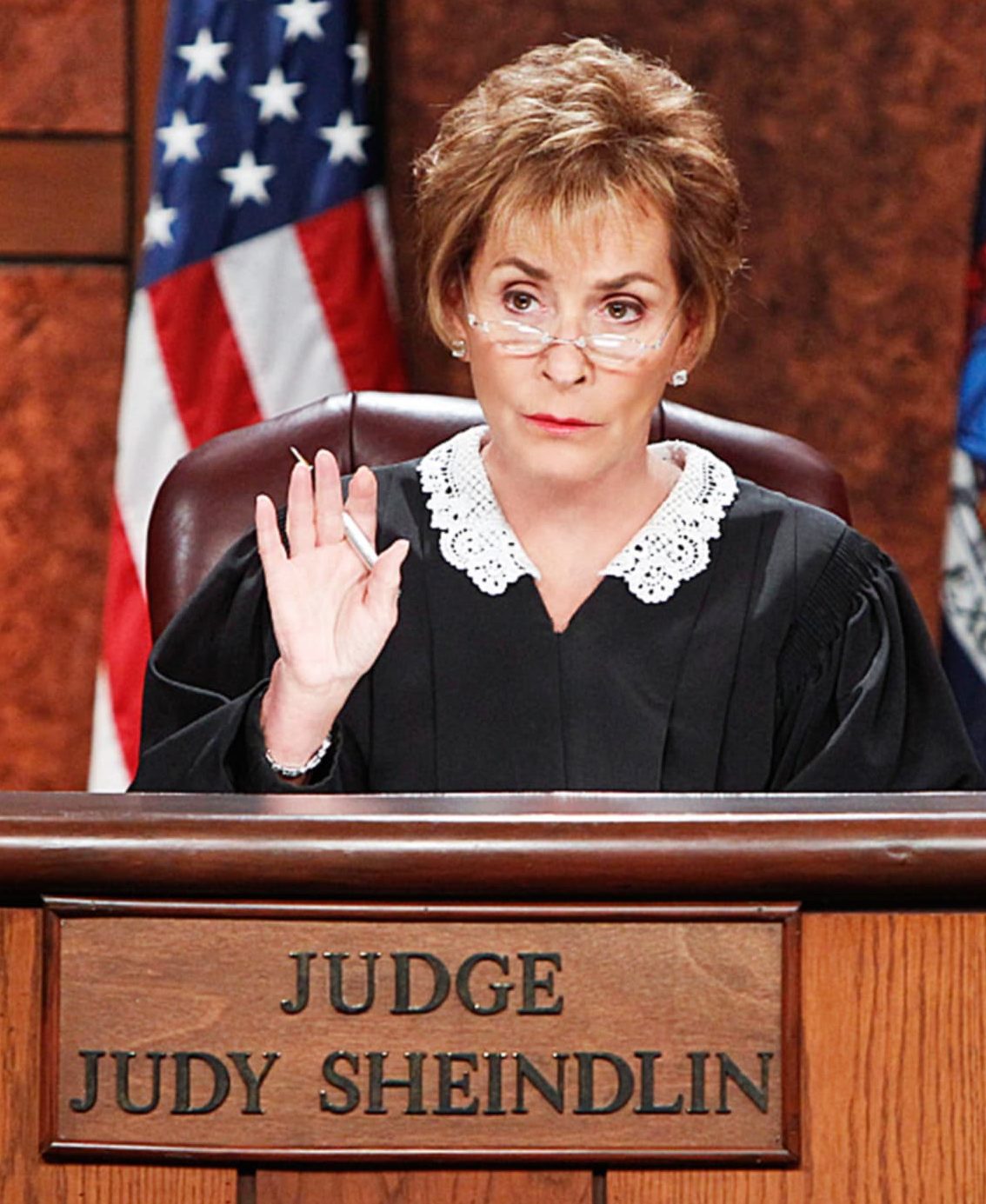

In Judyland, things are always clear-cut. The kinds of emoji-type images brand Judy could conjure up would be few but definitely extreme.
Emojis, not to be confused with their cousins, GIFs and Memes, may well give us emotional clues when we communicate, but in fact, they come from the Japanese word meaning picture character.
“Emojis increase the precision and nuance of our often super-brief and open-to-misunderstanding communications,” Alizah K. Lowell, Psychology Today.
Suzanne Moore, Columnist, the Guardian, “Winky smiley face. Excuse me if I don’t respond to the puppy, umbrella and fake flowers you send me … I am not six. Send help. Send words.” 🐶☂️💐
Suzanne Moore has a point, but the truth is that many of us don’t have the time or inclination to write exactly what we mean or feel. We’re so often glued to our phones that multitasking has become the norm and some jobs need to be quick.
Texting a pictogram of a thumbs-up, a bottle of bubbly or smiley face 👍🍾 😊 is irresistible while concentrating on the latest offering from Netflix, for example. It’s instant, fast and says what we mean. Job done.
So sophisticated have we become at using emojis that we can be caring, confrontational, passive-aggressive or sarcastic, all at the touch of a single button or emoji. (And, sometimes we don’t even mean to be any of those things.)
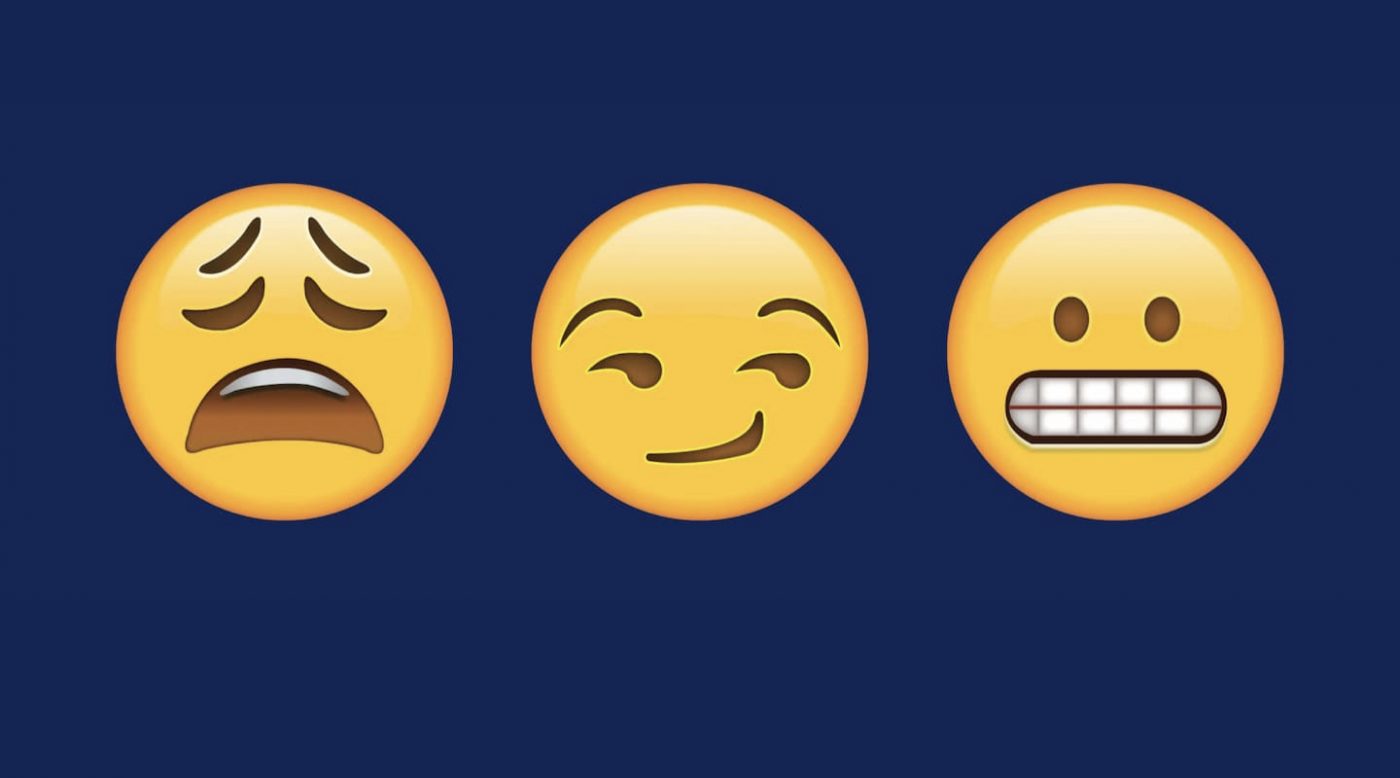
Given their simplicity, lazy artwork appears to be behind the controversy some emojis have caused during their relatively short lives.
“Clotted cream or jam on your scone first, madam?” It depends where you are, of course. Our very British Design Director, Chris Martin 💂 informed me of the war waged between Cornwall and Devon about the right way to make a proper cream tea. It’s as old as the ‘milk in first or last’ conundrum when making a cup of English Breakfast tea. 🫖
In a similar way, some food emojis have almost created international incidents. Users could be forgiven for not being truly grateful for the original cheeseburger emoji Google served up. The company got its emoji chef to recreate it with the cheese on top rather than underneath the patty.
Apple’s first attempt at a bagel emoji was enough to evoke a string of Gordon Ramsey-style expletives. Anemic and plastic-looking, it was replaced with something more realistic, tempting and filled with cream cheese. I’d have added a little smoked salmon myself.

Harmless water pistols have pushed real guns down the emoji pecking order. Even innocent-looking vegetables have found themselves caught up in the controversial world of sexual, emoji innuendo.
Emojis by their very nature are caught in the crossfire of diversity. It’d take a very brave person to try and come up with a range of emojis which fully represented humanity in all its different colors and shades.
The founding father and mother of all emojis is arguably the smiley face. It began with a simple 🙂 in texts and emails long before colorful, designer emojis became de rigeur.
Some researchers claim our brains even process and recognize facial expressions made up of characters in the same way as real ones. Who knows? We might one day start responding to an emoji as we would to a real bottle of red wine or beer. It’d certainly be cheaper. I’ll take two of each, please.
As I was researching for this article, I learned that Fatboy Slim, the international DJ aka Norman Cook, is a smiley face aficionado who’s gathered what’s possibly the biggest collection of smiley fashion items in the world.
The smiley he’s such a fan of was born in Worcester, Massachusetts in 1963 when artist Harvey Ball was asked by the State Mutual Life Assurance Company to make badges that would improve staff morale.
“The first ever 12-inch single I bought was Psycho Killer by the Talking Heads in 1977,” Fatboy Slim explains. “That had a picture of a smiley T-shirt. That was the first semi-ironic use of it – it was everything that punk rock wasn’t.”
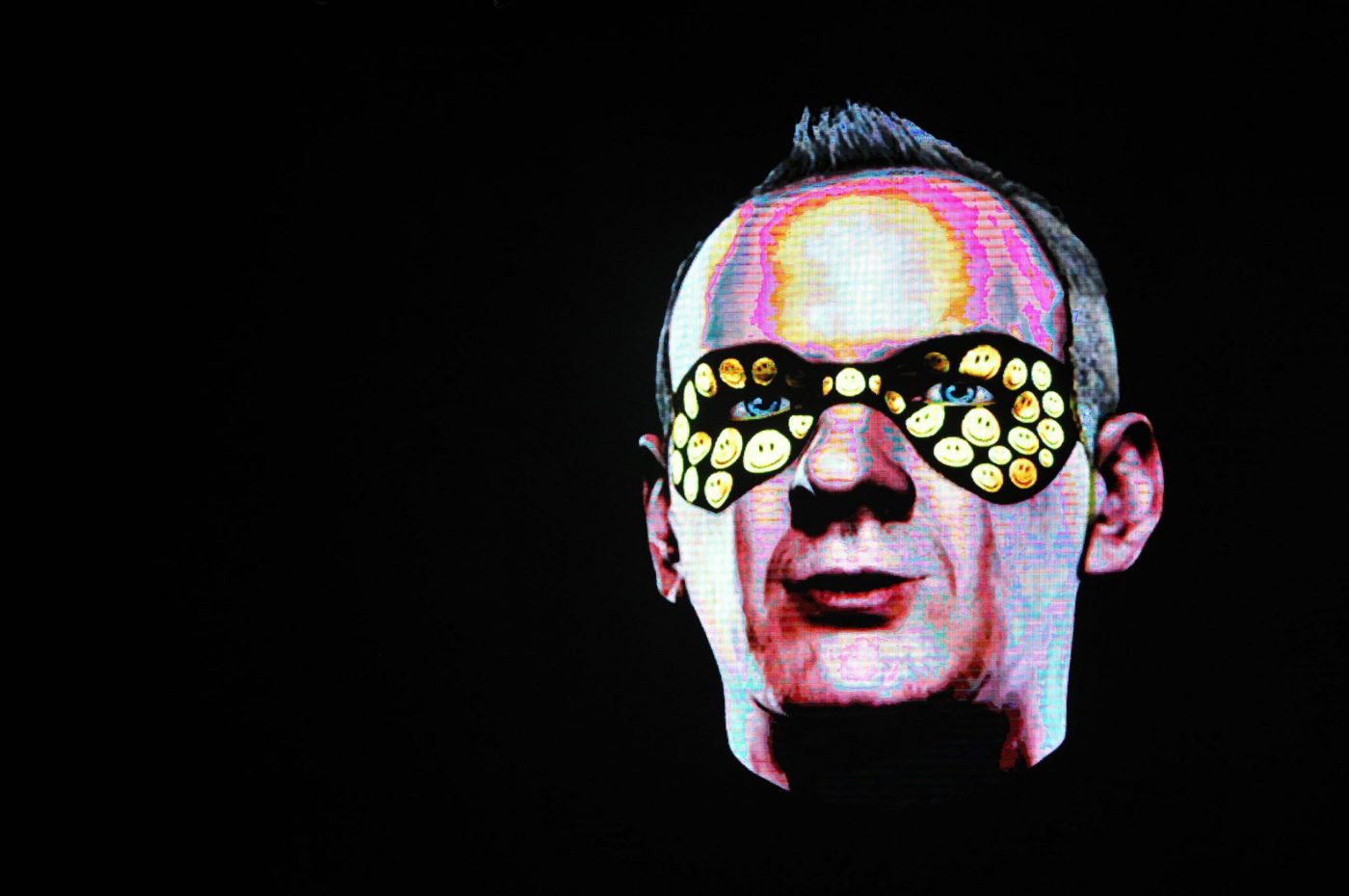
The smiley symbol has been rediscovered by generation after generation. Adopted as both a corporate logo and acid house icon, it’s inspired artists like Banksy and even featured in the noir superhero Watchmen movie.
It’s reassuring to know that during such challenging times modern versions of a happy face are still the most used and most popular emojis.
This article was written by Isabelle Narciso, Designer, New York.
I’m thrilled to announce that the next Design Series article will be written and illustrated by CBA Design Director Arturas Janusas on the topic of space!
Proceeding with the previous reflection (read here), in which we approached the fantastic world of games and how brands are dealing with this universe of new possibilities, now our gaze turns to the engaging mechanics of games, known as gamification. They represent valuable opportunities for brands and agencies to create new experiences in research, innovation and design processes and methodologies.
We can define games as something we do to entertain ourselves, with a clear goal, and challenges along the way that affect our performance. That is, when we talk about gamification, we are approaching these three key elements: pleasure, objective and interactivity. What is behind these elements and why are all spheres of society trying to apply them in different ways?
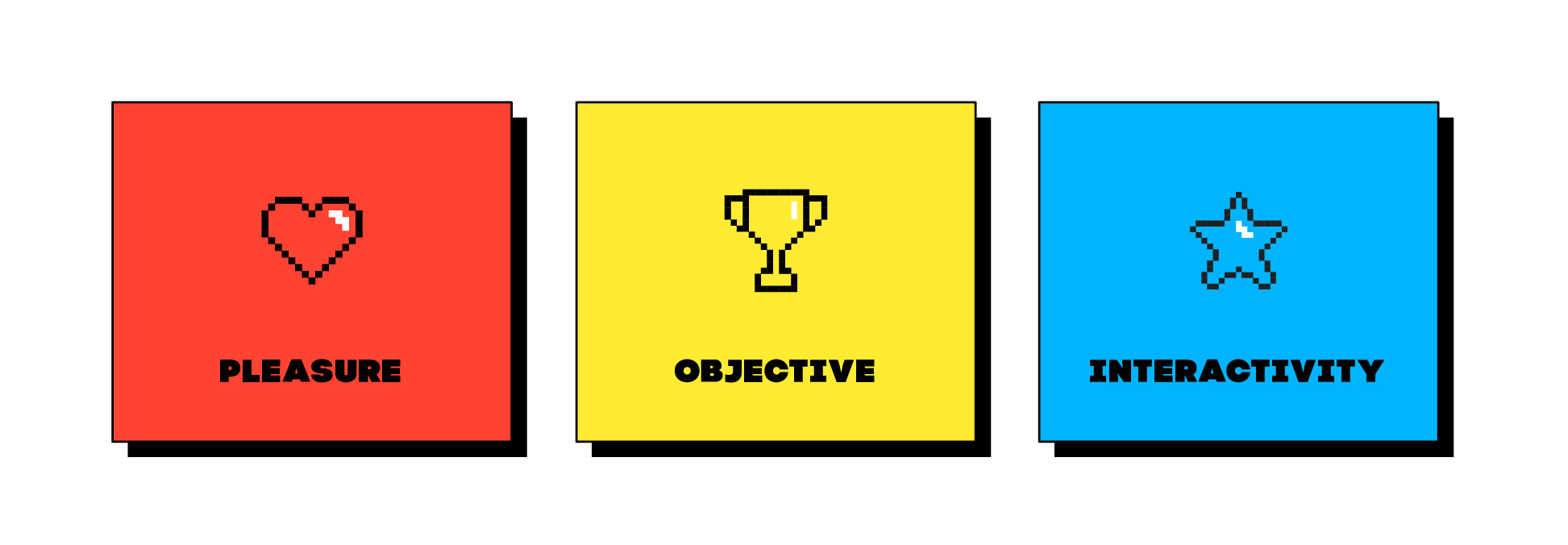
The principles behind gamification have always existed, so why is this phenomenon now gaining ground? For Vicente Martin Mastrocola, assistant teacher at ESPM where he teaches digital platforms, Game Essentials and Game Design, “companies have begun to understand the motivational techniques used by video game designers and apply them in other contexts. These techniques include goal design, badge recognition, team collaboration, stimulation of competition via rankings and points accumulation.”
Just as with the porn industry in the 80s, the game industry in times of pandemic seems to be the driving force for the implementation of emerging technologies such as augmented reality, virtual reality and mixed reality, accelerating their use outside of it. There are plenty of examples: The New Yorker magazine has just released its first animated film in virtual reality; the 2021 edition of the SXSW festival was all online and interactive; Folha de São Paulo newspaper conducted a survey on the impact of the pandemic in an immersive game format; The Black Mirror series produced an interactive episode with multiple endings.
For brands and agencies, we see some opportunities to apply these experiences in processes and methodologies, and in how to interact with the public. For Carina Benitez, designer at CBA B+G, bringing this kind of dynamic to the corporate context makes the contact between all participants more enjoyable. “When we gamify the process, people instinctively want to participate more. This way, something super-ordinary and mundane in their routine ends up gaining a new look.”

Video games and immersive technology possibilities promise to revolutionize the way we consume and interact with brands. However, it is important to keep in mind that we are also experiencing a technological fatigue: excess screens, confinement and social distancing can lead people to seek a reconnection through physical contact. That’s why we bet that, in the future, brands should invest in gamer culture beyond pure digital, with playful experiences that mix digital and real, such as augmented reality. Our Branding for the future playbook and our article on empathy are good reading tips for those who want to delve into the importance of brands’ online presence and use of hybrid features.
Contact us if you want to chat about the challenges and opportunities for your brand. And if this topic inspires you, and you are or know business professionals, strategists and designers who are interested in being part of our team, write to [email protected] telling us about your expectations, goals and history. We are always in search of talent!
This article had the contribution of: Carmen Beer, Ana Cerqueira, Giuliana Sanchez, Thaísa Miyahara, Ana Paula Moreno, Fabiele Nunes, Carina Benitez, Fabiano Naspolini, Vicente Martin Mastrocola, Josy Lamenza, Daniela Irrazabal, Rosario Maglione, Renato Storni and Luis Bartolomei.